当前城市:淄博[切换]
- 手机雅思无忧

扫码登录
雅思考试主要是通过对考生听、说、读、写四个方面英语能力的考核,综合测评考生的英语沟通运用能力,实现“沟通为本”的考试理念。对于雅思考生来说,也有很多考试难点和政策盲区需要帮助解答。今天雅思无忧网小编准备了文章雅思阅读全真练习系列:Sleep medication linked to bizarre behaviour,希望通过文章来解决雅思考生这方面的疑难问题,敬请关注。
雅思阅读全真练习
本系列的模拟试题在难度、长度、题材、题型方面都与雅思考试近似的练习。这些练习,均以国外报刊上的文章为素材,按雅思阅读的题型,出题并提供答案及简单注释。进行雅思复习的同学可以在网页直接做题或将题目打印练习均可。
Sleep medication linked to bizarre behaviour
New evidence has linked a commonly prescribed sleep medication with bizarre behaviours, including a case in which a woman painted her front door in her sleep.
UK and Australian health agencies have released information about 240 cases of odd occurrences, including sleepwalking, amnesia and hallucinations among people taking the drug zolpidem.
While doctors say that zolpidem can offer much-needed relief for people with sleep disorders, they caution that these newly reported cases should prompt a closer look at its possible side effects.
Zolpidem, sold under the brand names Ambien, Stilnoct and Stilnox, is widely prescribed to treat insomnia and other disorders such as sleep apnea. Various forms of the drug, made by French pharmaceutical giant Sanofi-Aventis, were prescribed 674,500 times in 2005 in the UK.
A newly published report from Australia’s Federal Health Department describes 104 cases of hallucinations and 62 cases of amnesia experienced by people taking zolpidem since marketing of the drug began there in 2000. The health department report also mentioned 16 cases of strangesleepwalking by people taking the medication.
Midnight snack
In one of these sleepwalking cases a patient woke with a paintbrush in her hand after painting the front door to her house. Another case involved a woman who gained 23 kilograms over seven months while taking zolpidem. “It was only when she was discovered in front of an open refrigerator while asleep that the problem was resolved,” according to the report.
The UK’s Medicines and Healthcare products Regulatory Agency, meanwhile, has recorded 68 cases of adverse reactions to zolpidem from 2001 to 2005.
The newly reported cases in the UK and Australia add to a growing list of bizarre sleepwalking episodes linked to the drug in other countries, including reports of people sleep-driving while on the medication. In one case, a transatlantic flight had to be diverted after a passenger caused havoc after taking zolpidem.
Hypnotic effects
There is no biological pathway that has been proven to connect zolpidem with these behaviours. The drug is a benzodiazepine-like hypnotic that promotes deep sleep by interacting with brain receptors for a chemical called gamma-aminobutyric acid. While parts of the brain become less active during deep sleep, the body can still move, making sleepwalking a possibility.
The product information for prescribers advises that psychiatric adverse effects, including hallucinations, sleepwalking and nightmares, are more likely in the elderly, and treatment should be stopped if they occur.
Patient advocacy groups say they would like government health agencies and drug companies to take a closer look at the possible risks associated with sleep medicines. They stress that strange sleepwalking and sleep-driving behaviours can have risky consequences.
“When people do something in which they’re not in full control it’s always a danger,” says Vera Sharav of the New York-based Alliance for Human Research Protection, a US network that advocates responsible and ethical medical research practices.
Tried and tested
“The more reports that come out about the potential side effects of the drug, the more research needs to be done to understand if these are real side effects,” says sleep researcher Kenneth Wright at the University of Colorado in Boulder, US.
Millions of people have taken the drug without experiencing any strange side effects, points out Richard Millman at Brown Medical School, director of the Sleep Disorders Center of Lifespan Hospitals in Providence, Rhode Island, US. He says that unlike older types of sleep medications, zolpidem does not carry as great a risk of addiction.
And Wright notes that some of the reports of “sleep-driving” linked to zolpidem can be easily explained: some patients have wrongly taken the drug right before leaving work in hopes that the medicine will kick in by the time they reach home. Doctors stress that the medication should be taken just before going to bed.
The US Food & Drug Administration says it is continuing to "actively investigate" and collect information about cases linking zolpidem to unusual side effects.
The Ambien label currently lists strange behaviour as a “special concern” for people taking the drug. “It’s a possible rare adverse event,” says Sanofi-Aventis spokesperson Melissa Feltmann, adding that the strange sleepwalking behaviours “may not necessarily be caused by the drug” but instead result from an underlying disorder. She says that “the safety profile [of zolpidem] is well established”. The drug received approval in the US in 1993.
(721)
Questions 1-6 Do the following statements agree with the information given in the reading passage?
In boxes 1-6 on your answer sheet write
TRUE if the statement is true according to the passage
FALSE if the statement is false according to the passage
NOT GIVEN if the information is not given in the passage
1. Ambien, Stilnoct and Stilnox are brand names of one same drug treating insomnia.
2. The woman’s obesity problem wasn’t resolved until she stopped taking zolpidem.
3. Zolpidem received approval in the UK in 2001.
4. The bizarre behaviour of a passenger after taking zolpidem resulted in the diversion of a flight bound for the other side of the Atlantic.
5. Zolpidem is the only sleep medication that doesn’t cause addiction.
6. The sleep-driving occurrence resulted from the wrong use of zolpidem by an office worker.
Question 7-9 Choose the appropriate letters A-D and Write them in boxes 7-9 on your answer sheet.
7. How many cases of bizarre behaviours are described in an official report from Australia?
A. 68
B. 104
C. 182
D. 240
8. Which of the following is NOT mentioned in the product information about zolpidem?
A. Treatment should be stopped if side effects occur.
B. Medication should be taken just before going to bed.
C. Adverse effects are more likely in the elderly.
D. Side effects include nightmares, hallucinations and sleepwalking.
9. Who claimed that the safety description of zolpidem was well established?
A. Kenneth Wright
B. Melissa Feltmann
C. Richard Millman
D. Vera Sharav
Questions 10-13 Answer the following questions with NO MORE THAN THREE WORDS each in boxes 10-13.
10. How many times was French-made zolpidem prescribed in 2005 in Britain?
11. What kind of hypnotic is zolpidem as a drug which promotes deep sleep in patients?
12. What can sleepwalking and sleep-driving behaviours cause according to patient advocacy groups?
13. What US administration says that it has been investigating the cases relating zolpidem to unusual side effects?
以上就是雅思无忧网为您准备的访问雅思无忧网(https://www.yasi.cn/),了解更多雅思考试新消息,新动态。
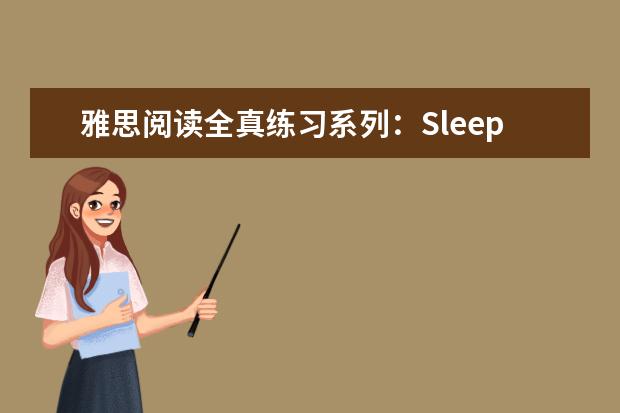 雅思阅读全真练习系列:Sleep medication linked to bizarre beh
雅思阅读全真练习系列:Sleep medication linked to bizarre beh
雅思考试主要是通过对考生听、说、读、写四个方面英语能力的考核,综合测评考生的英语沟通运用能力,实现“
2023年01月10日 21:00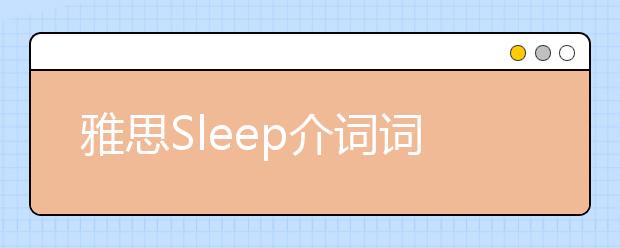 雅思Sleep介词词组整理
雅思Sleep介词词组整理
雅思词汇雅思考试中是十分重要的,今天小编就给大家整理了雅思Sleep介词词组整理,一起来学习和提高吧
2021年08月10日 00:39 2018年雅思口语pat1话题新题:sleep(预测配答案)
2018年雅思口语pat1话题新题:sleep(预测配答案)
摘要:2018雅思口语新题预测来啦,1月的屠鸭大战尚未成功,各位烤鸭还要继续努力。本文预测新题:sl
2021年08月13日 17:34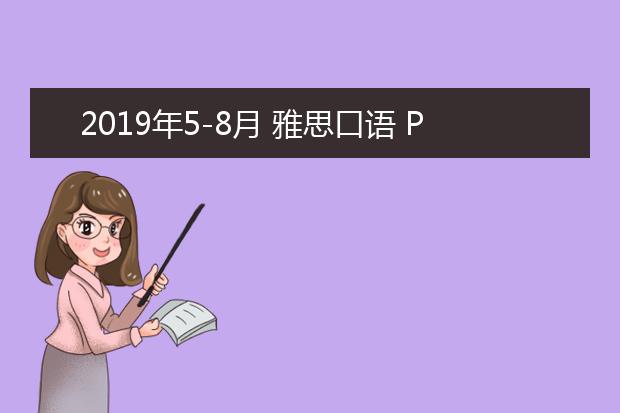 2019年5-8月 雅思口语 Part 1 Topic 23 Sleep 睡眠
2019年5-8月 雅思口语 Part 1 Topic 23 Sleep 睡眠
1. How many hours do you sleep usually? I usually
2021年11月12日 00:43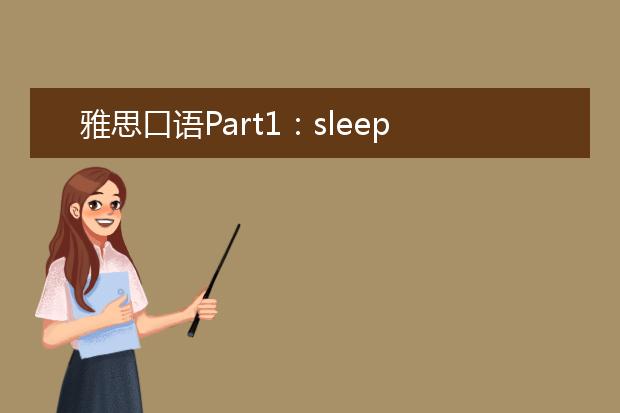 雅思口语Part1:sleep 睡眠
雅思口语Part1:sleep 睡眠
1.How many hours do you sleep every day? Usually I
2021年11月12日 02:54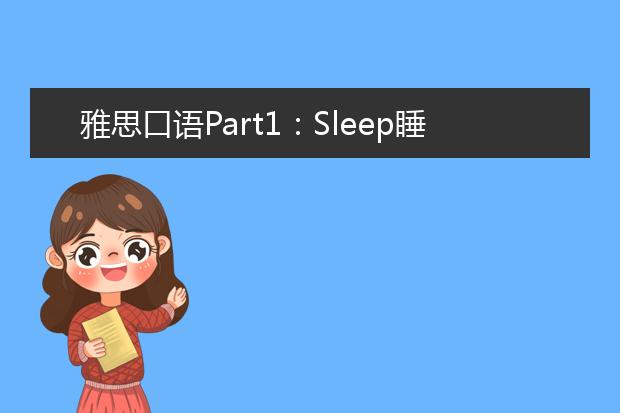 雅思口语Part1:Sleep睡眠话题
雅思口语Part1:Sleep睡眠话题
How many hours do you sleep every day? Is it neces
2021年11月12日 07:15 精选雅思口语Part1高频话题:Sleep睡觉范文
精选雅思口语Part1高频话题:Sleep睡觉范文
为了不在雅思口语考时卡壳,为了能做到流利的表达,考生们就要在平时多积累一些范文,背下来,等到用到的时
2021年11月23日 04:34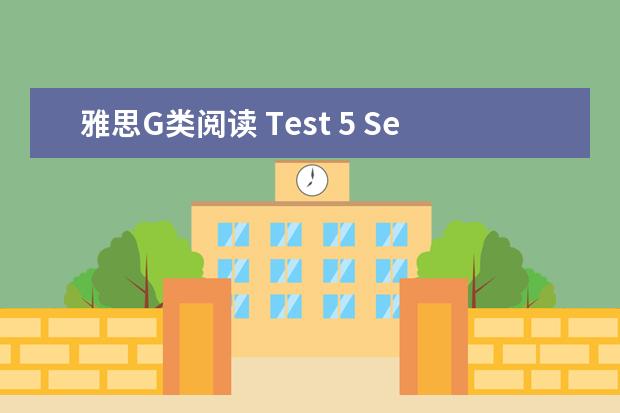 雅思G类阅读 Test 5 Section 3 – The lack of sleep
雅思G类阅读 Test 5 Section 3 – The lack of sleep
You are advised to spend 20 minutes on Questions 2
2022年02月28日 22:25 每日雅思词汇:sleep相关词汇
每日雅思词汇:sleep相关词汇
雅思考试主要是通过对考生听、说、读、写四个方面英语能力的考核,综合测评考生的英语沟通运用能力,实现“
2022年12月01日 12:24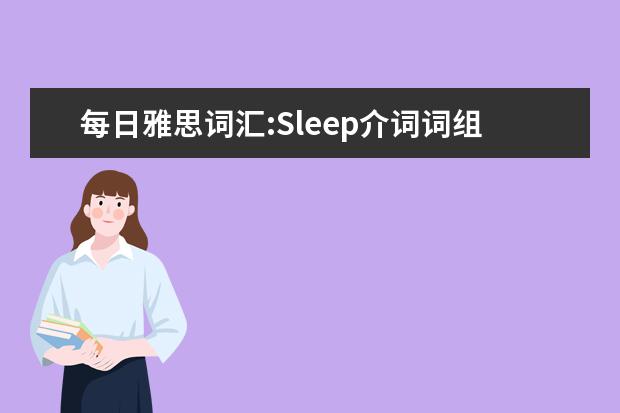 每日雅思词汇:Sleep介词词组汇总
每日雅思词汇:Sleep介词词组汇总
雅思考试主要是通过对考生听、说、读、写四个方面英语能力的考核,综合测评考生的英语沟通运用能力,实现“
2022年12月01日 15:34